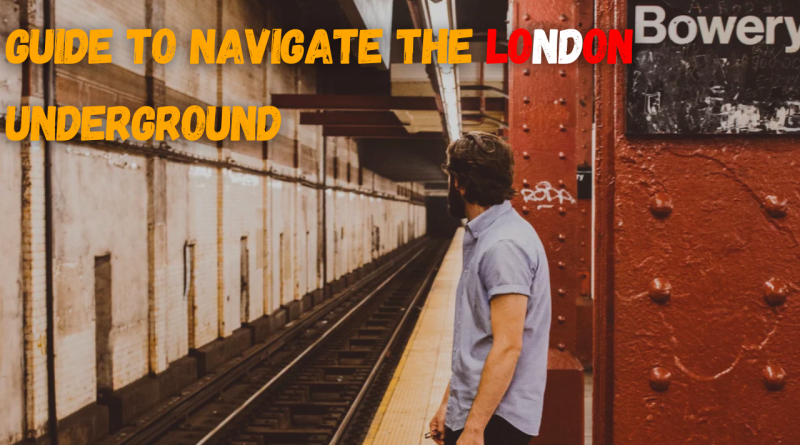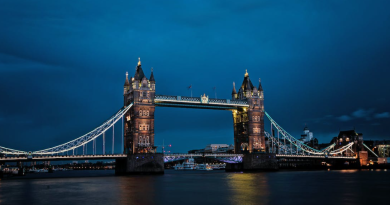Guide to Navigate the London Underground for Seamless Travel: 7 Genius Tips
Table of Contents
Navigating the London Underground, also known as the Tube, can seem daunting for first-timers and even seasoned travelers. With 11 lines, 270 stations, and an extensive network spanning Greater London and beyond, understanding how to efficiently use the Tube is essential for a smooth journey.
Here’s a comprehensive guide to help you navigate the London Underground

1. Understanding the Tube Map
The iconic Tube map is a schematic representation of the Underground network, designed to simplify navigation rather than accurately depict geography. Here’s how to make sense of it:
- Lines and Colors: Each Tube line is color-coded (e.g., the Central Line is red, the Northern Line is black). Familiarize yourself with these colors to easily identify lines on the map and signs.
- Interchanges: Stations with multiple lines have interchange symbols, making it clear where you can transfer from one line to another.
- Zones: London is divided into fare zones, from Zone 1 (central London) to Zone 9 (outskirts). Your fare depends on the number of zones you travel through.
2. Planning Your Journey
Use Online Tools
Before setting out, use online journey planners like Transport for London (TfL) Journey Planner, Google Maps, or Citymapper. These tools provide real-time updates, route options, and estimated travel times.
Check Service Updates
Check for any service disruptions or planned maintenance on the TfL website or via their social media channels. The Tube can sometimes be affected by delays, strikes, or engineering work.
3. Tickets and Oyster Cards
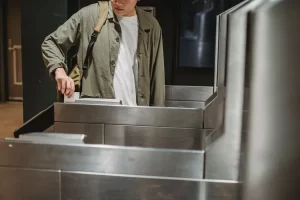
Types of Tickets
- Single Tickets: Purchase for one-way journeys. These can be expensive compared to other options.
- Travelcards: Offer unlimited travel within specified zones for a day, week, or longer periods.
- Contactless Payment: Use your contactless debit/credit card or mobile payment (like Apple Pay) for seamless travel.
Oyster Card
The Oyster card is a smart card offering the best fares. Top it up with credit or load Travelcards onto it. Simply tap in and out at the start and end of your journey.
4. Traveling on the Tube
Peak vs. Off-Peak
- Peak Hours: Weekdays from 6:30-9:30 AM and 4:00-7:00 PM. Fares are higher, and trains are more crowded.
- Off-Peak: Cheaper fares and less crowded trains. Travel outside peak hours for a more comfortable experience.
Boarding and Alighting
- Stand on the right side of escalators to allow others to pass on the left.
- Let passengers exit the train before boarding.
- Move down the carriage to avoid blocking the doors and ensure a smoother flow of passengers.
5. Accessibility

Step-Free Access
Not all Tube stations have step-free access. If you require step-free access, check the TfL map or website for accessible stations and plan your route accordingly.
Assistance
TfL staff are available to provide assistance if needed. You can request help at ticket offices or by using help points located in stations.
6. Safety and Etiquette
Safety Tips
- Keep your belongings secure and be aware of pickpockets.
- In an emergency, use the alarm system located in each carriage.
Tube Etiquette
- Stand clear of the doors to allow them to open and close easily.
- Offer your seat to those in need, such as elderly passengers, pregnant women, or those with disabilities.
- Avoid loud conversations and keep personal music at a low volume.
7. Exploring Beyond Central London
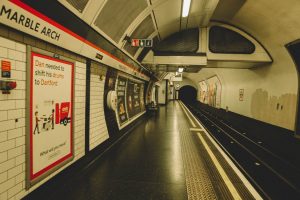
The Tube network extends well beyond central London, offering easy access to many attractions:
- Wembley Stadium: Take the Jubilee or Metropolitan Line.
- Kew Gardens: Accessible via the District Line.
- Greenwich: Reachable via the Jubilee Line to North Greenwich, then a bus or boat to the historic area.
Is the London Underground easy to navigate?

- Navigating the London Underground can be relatively straightforward once you get the hang of it. The system is extensive, with over 270 stations and 11 lines covering much of Greater London and parts of neighboring counties.
- It’s color-coded and well-signposted, making it easy to identify lines and stations. Additionally, there are maps available both online and in stations to help you plan your journey.
- While it can be busy during peak hours, especially in central areas, it’s generally efficient and reliable. Plus, there’s always staff on hand to assist if you have any questions.
How do I use London Underground for the first time?
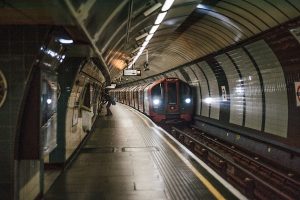
- Navigating the London Underground for the first time is like embarking on a thrilling urban adventure.
- Armed with a ticket or Oyster card, you’ll descend into a bustling maze of tunnels and platforms.
- With signs as your guide, you’ll board the train, feeling the pulse of the city beneath you as you journey through its veins.
- Emerging at your destination, you’ll be ready to explore the vibrant streets of London, knowing you’ve mastered the art of underground travel.
In Conclusion, London Underground takes a bit of practice, but with the right tools and knowledge, you’ll navigate the Tube like a local. Whether you’re commuting, sightseeing, or exploring London’s diverse neighborhoods, the Tube is an efficient and reliable mode of transport. Happy travels!

